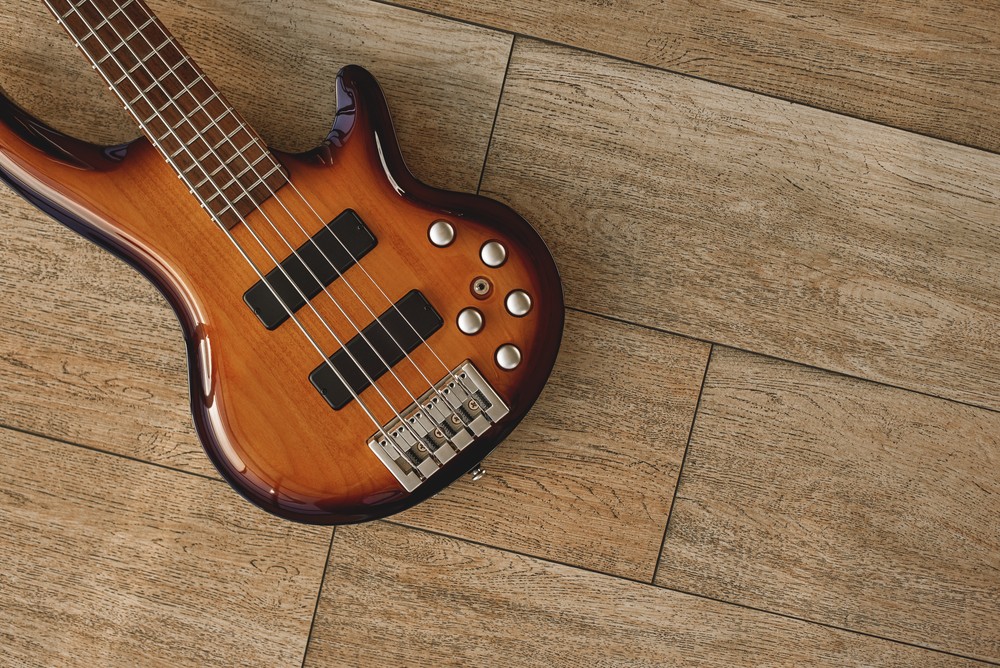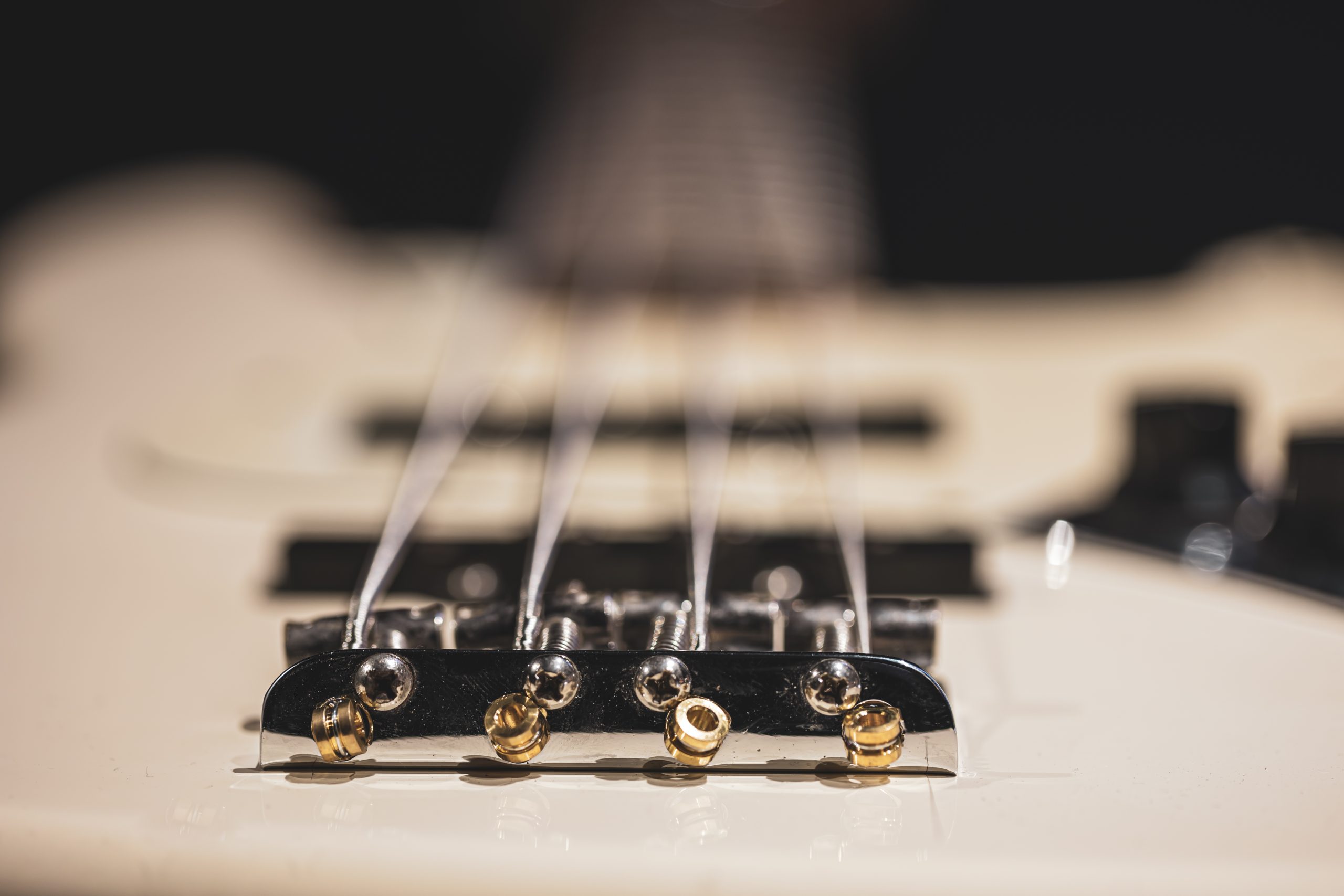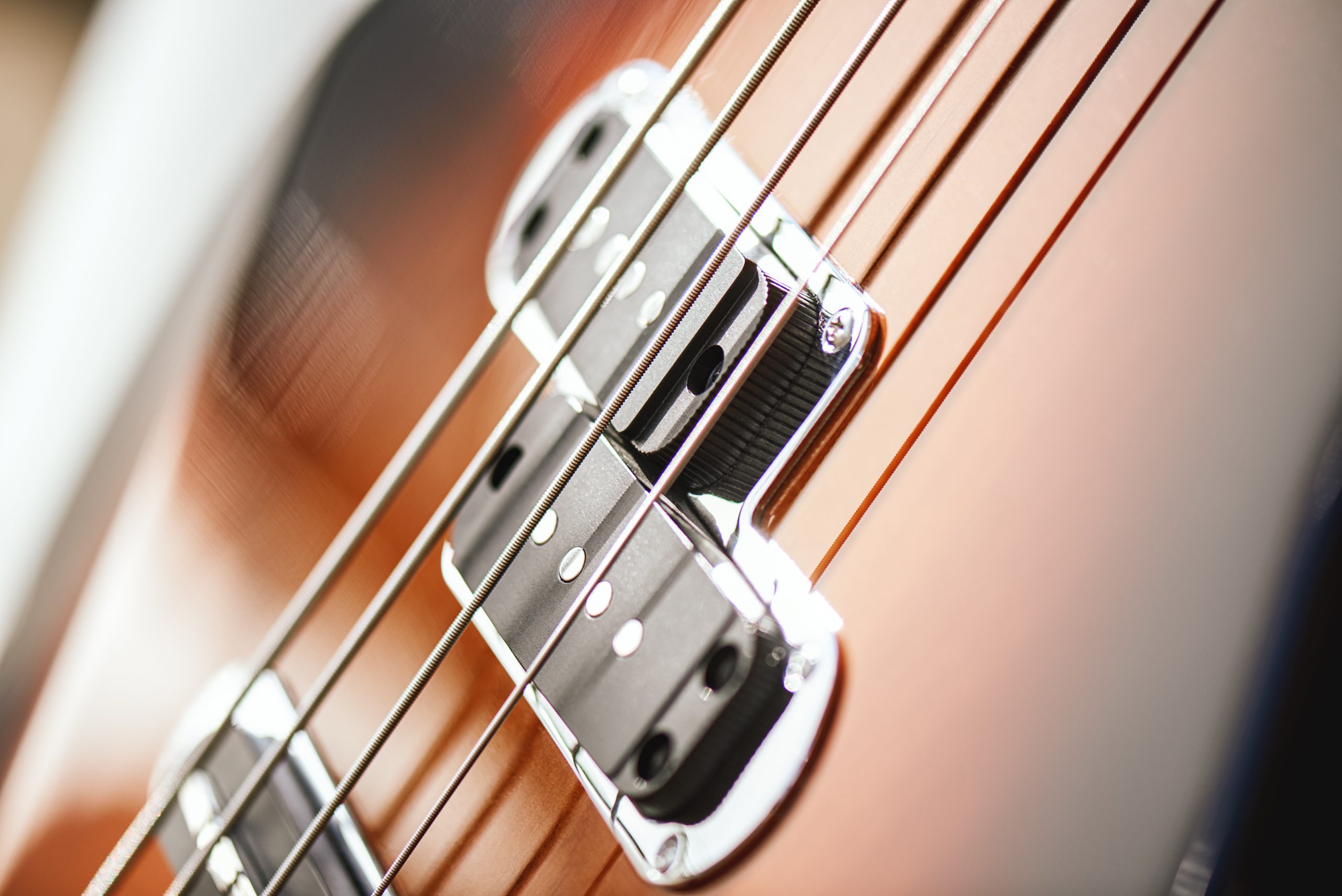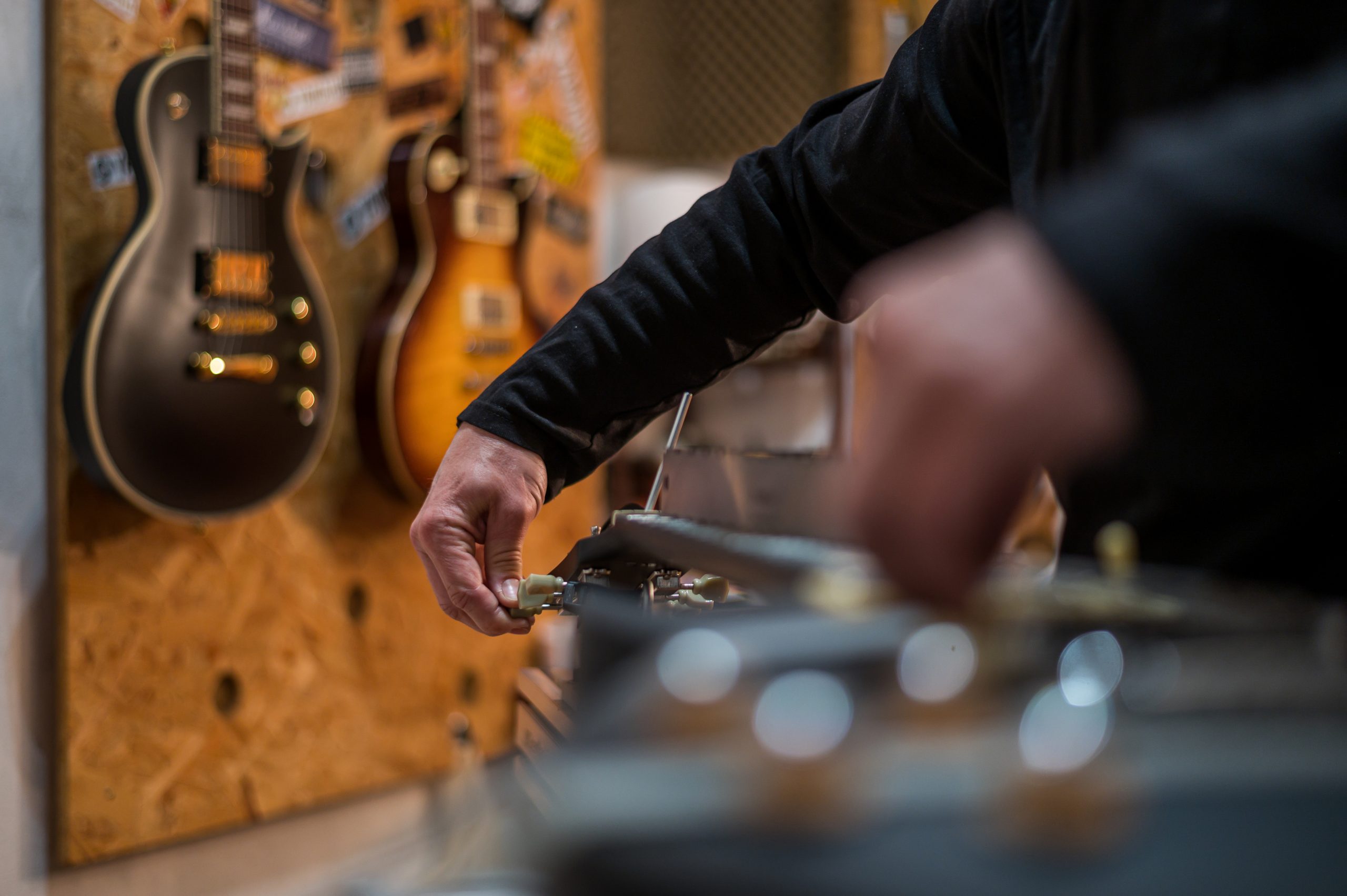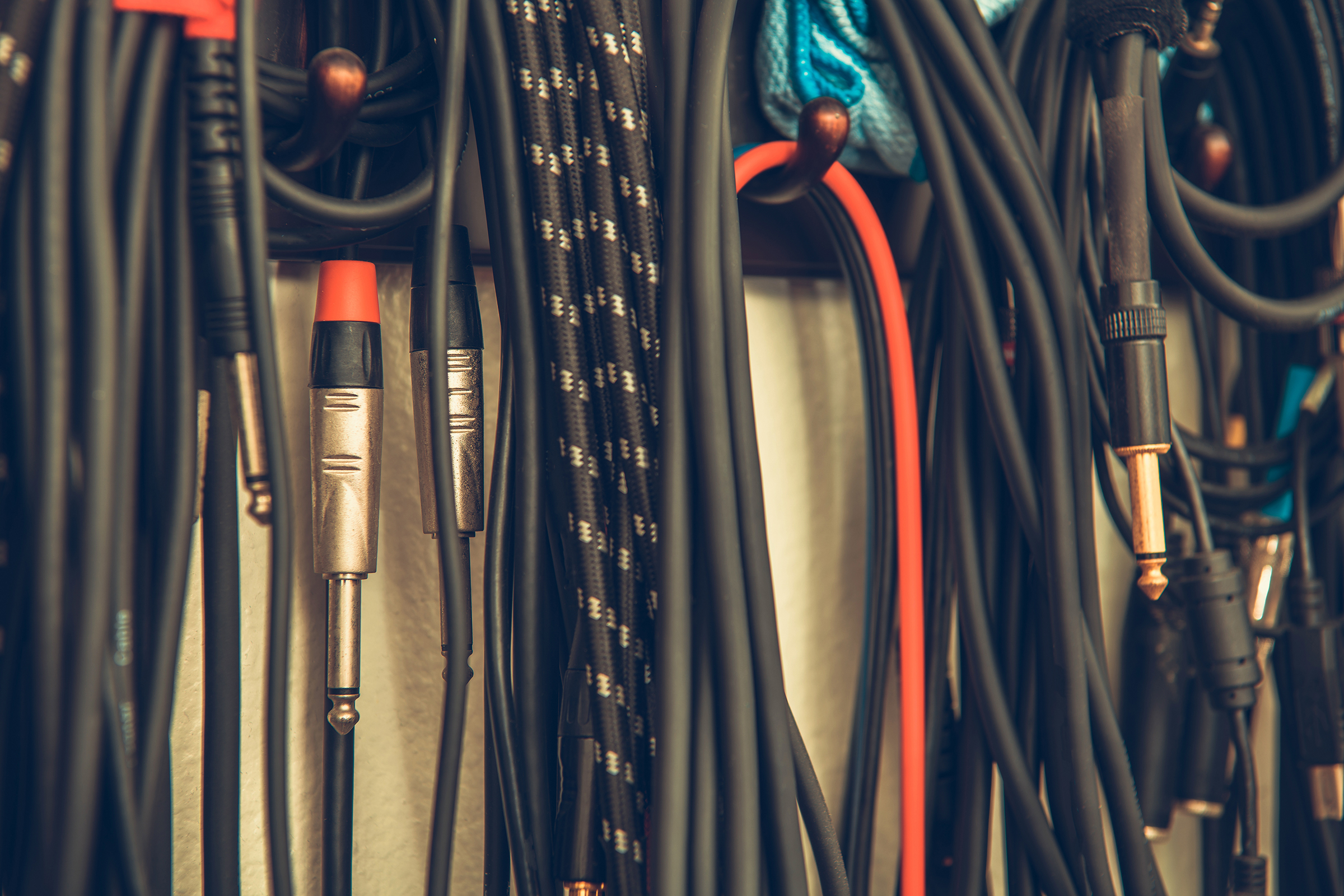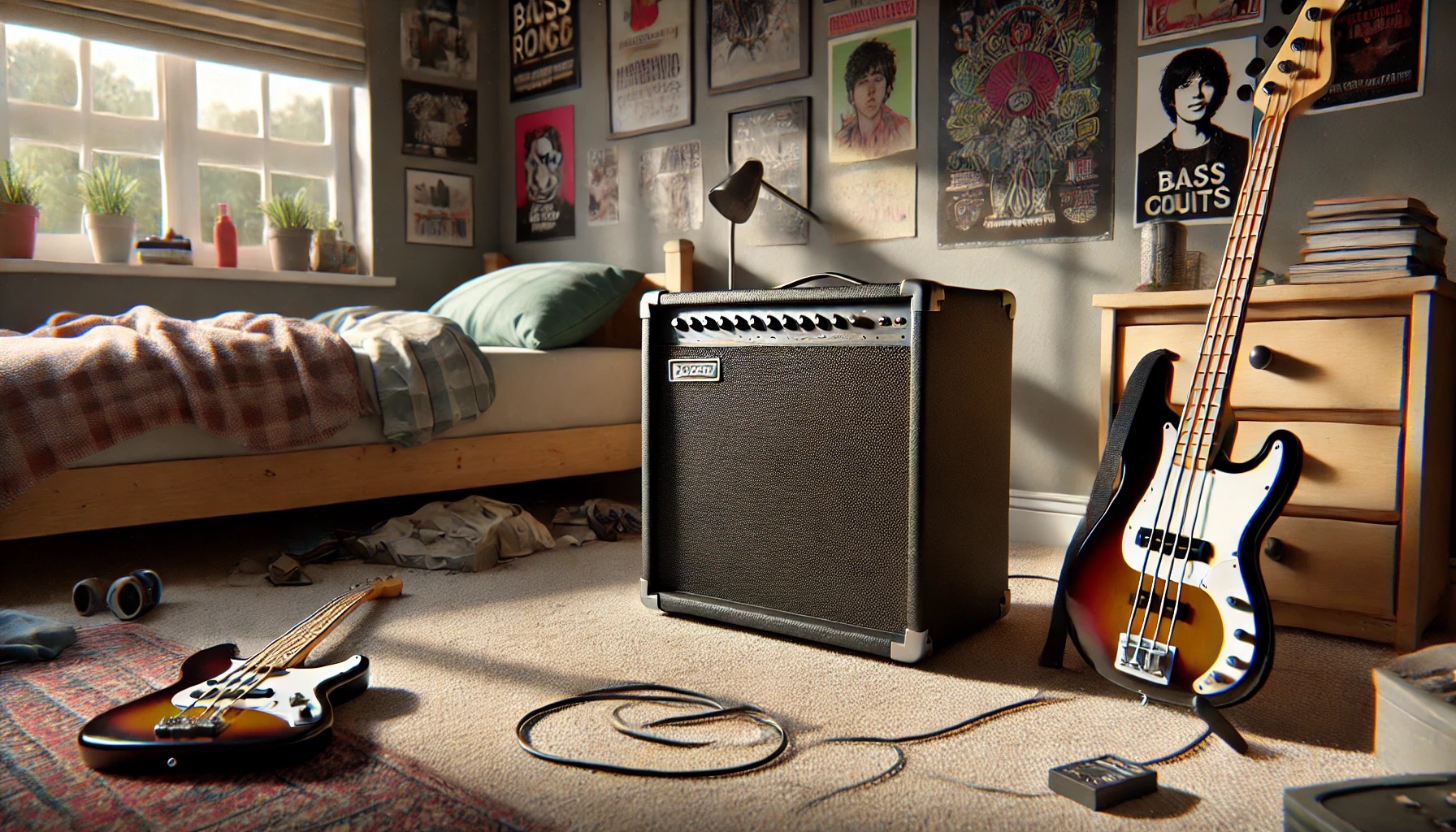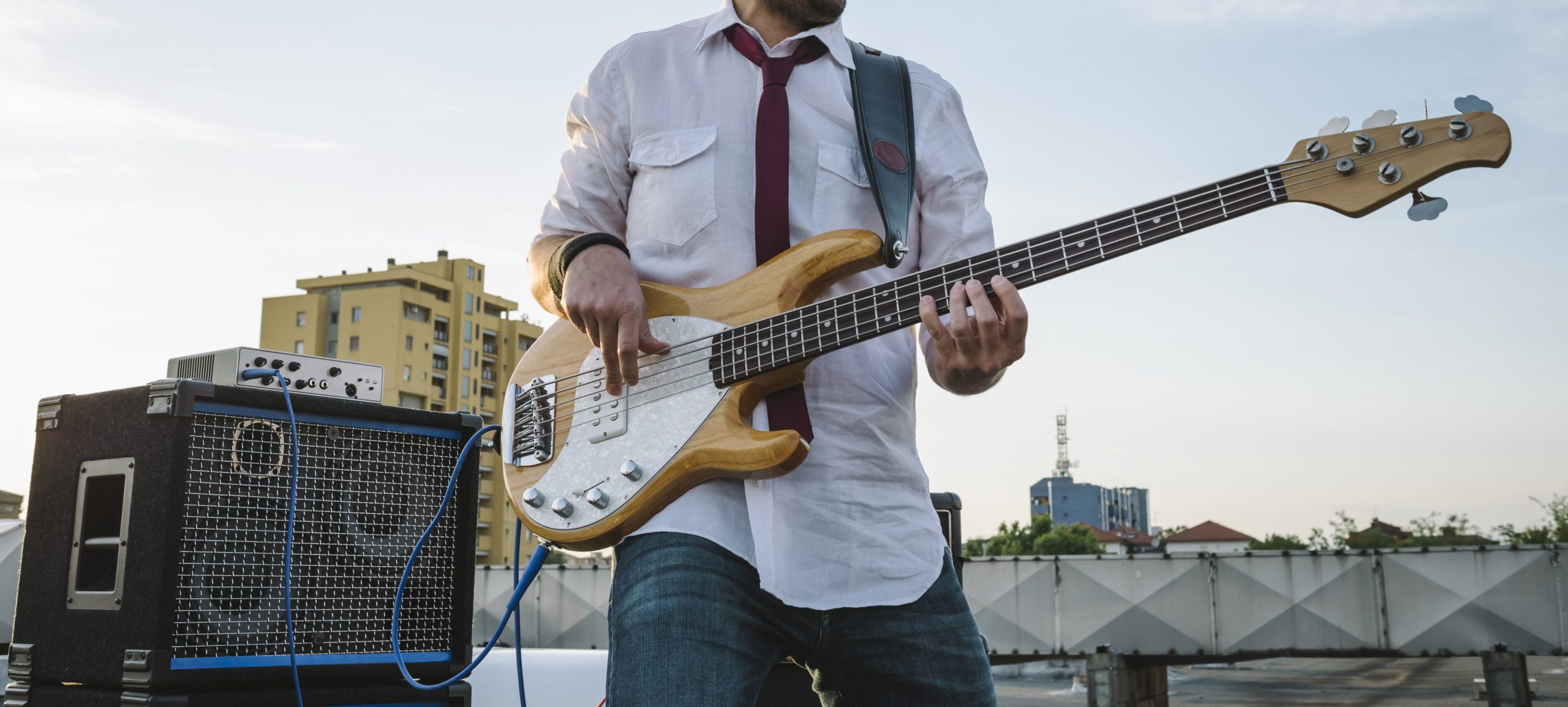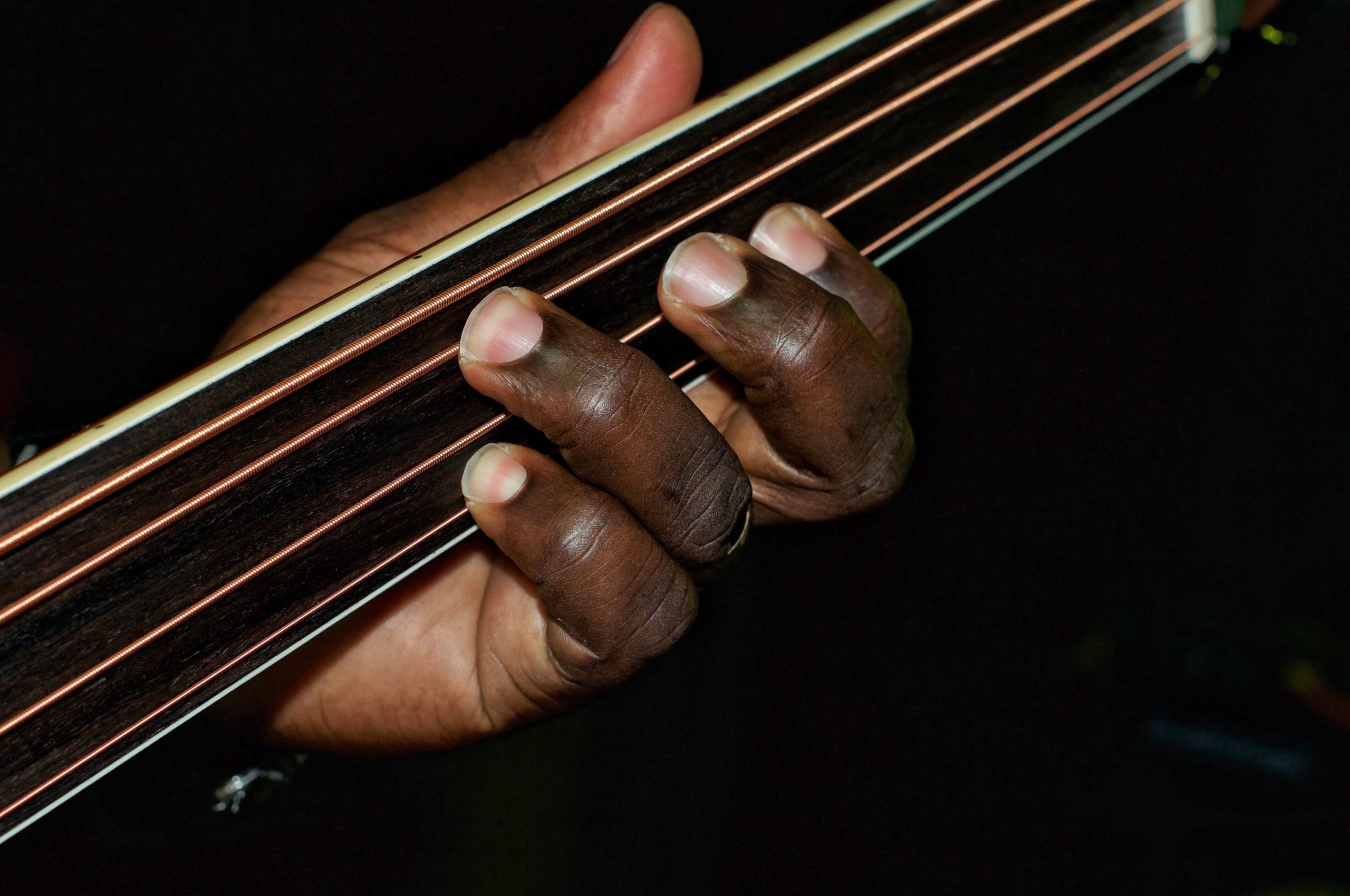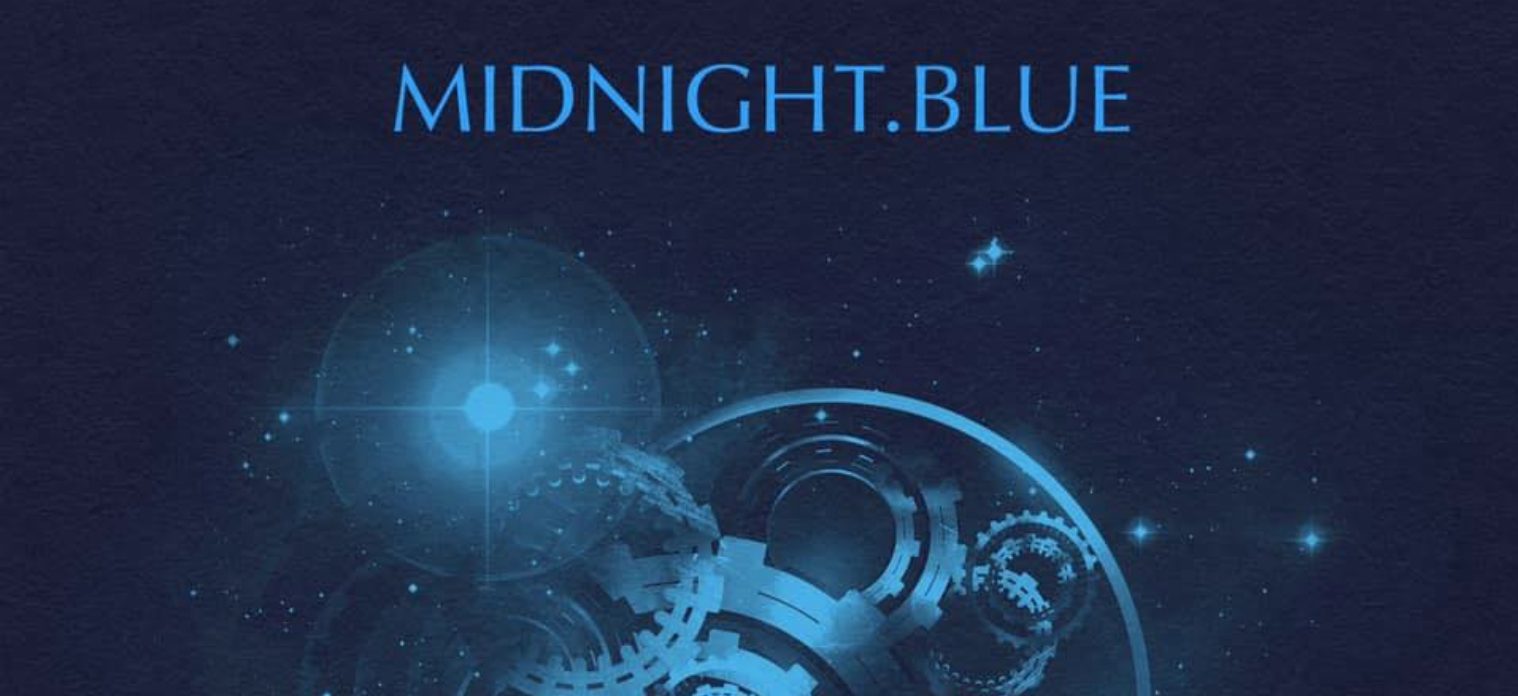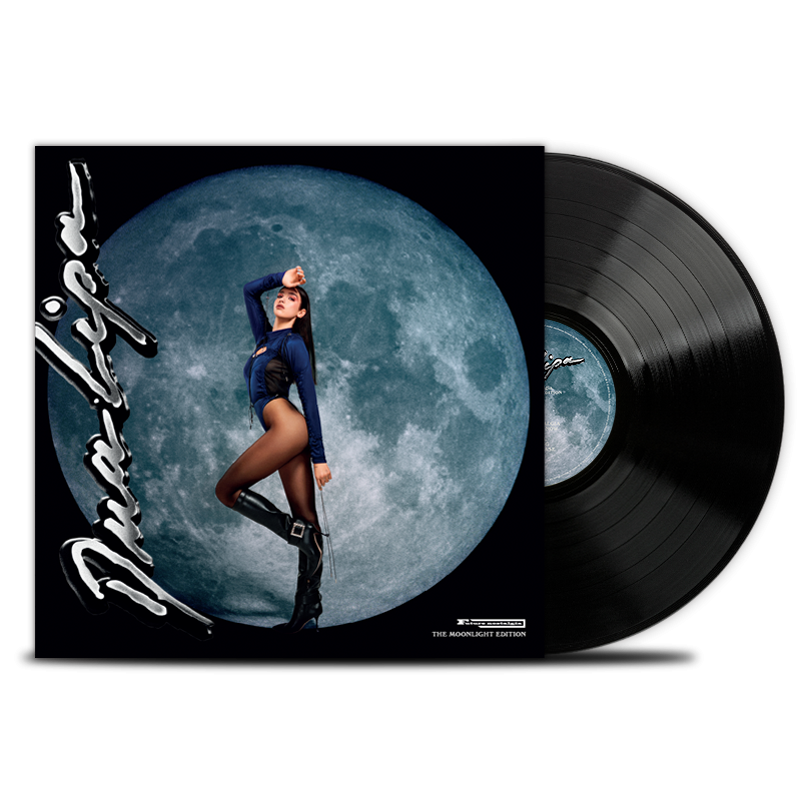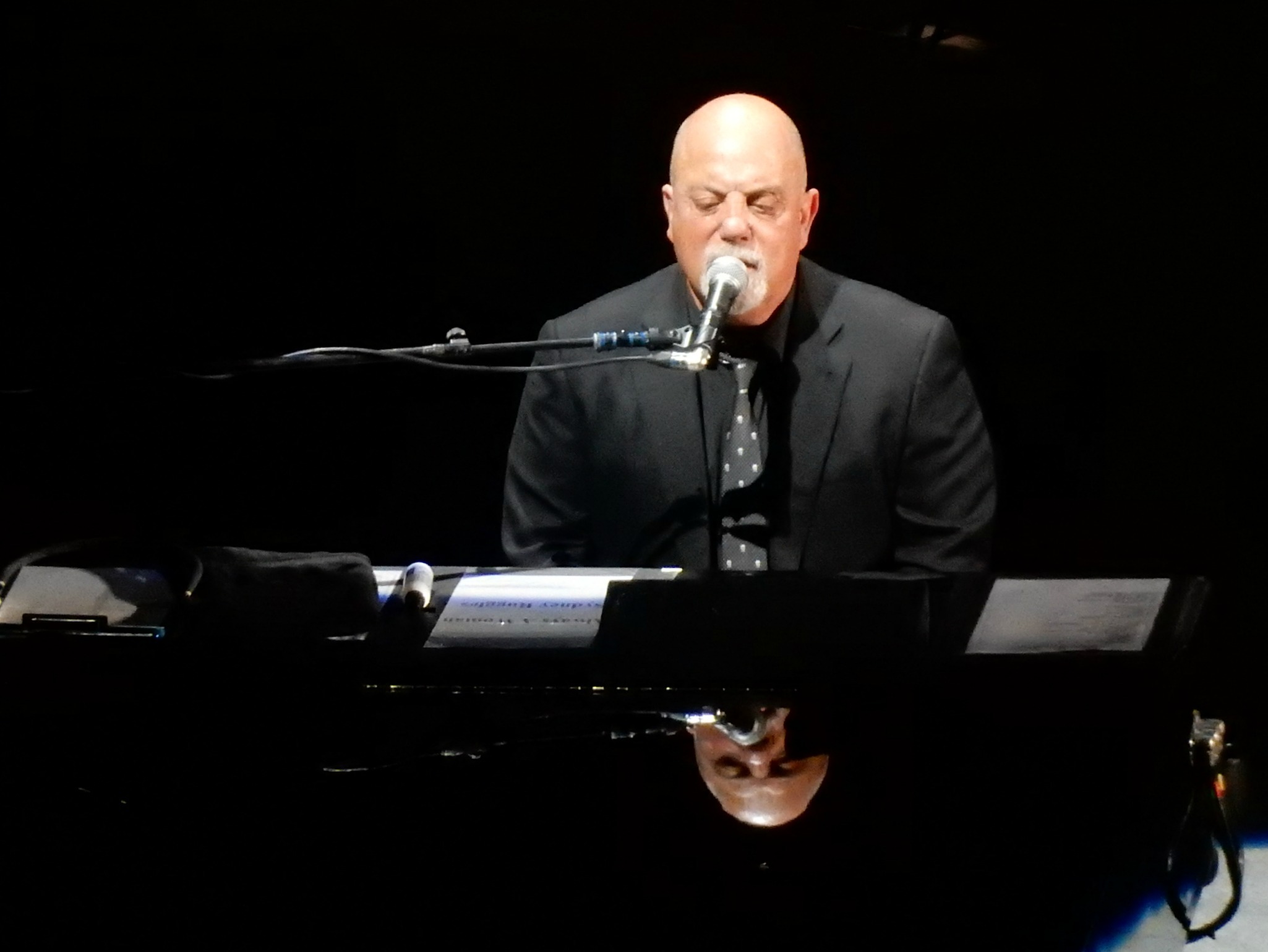- Electric bass guitars typically have between 4 and 6 strings.
- Extended range bass guitars offer multiples of the same strings.
- The standard tuning for a 4-string bass guitar is E-A-D-G.
Insider Tip
How Many Strings Are on a Bass Guitar?
The most common type of bass guitar features four strings. Still, just like other musical instruments, there are many bass variants. The musical register of a bass guitar is typically lower than a regular guitar, but some models have extra strings that offer an expanded range for music makers. If you want a further-expanded range, find out can you use guitar pedals for bass. When it comes to how many strings are on a bass guitar, you’ll find a wide variety of string configurations across electric and acoustic basses.Four-String Basses
As stated earlier, a regular bass guitar features four strings. This is the most common type that people see at musical performances, and it is the standard beginner model. This type of bass features a standard tuning of E-A-D-G from the highest to the lowest string.Extended Range Bass Guitars
Extended range bass (ERB) guitars are any bass guitar that offers more than the standard four-string setup. There is some division between ERB basses because some feature double or triple the number of each standard bass string, while others provide additional notes compared to a four-string instrument. While the number of strings can reach eight or more, the most common variation is between four and six strings.Five and Six-String Basses
Generally, five and six-string instruments are intended for advanced bass guitarists due to the increased number of strings a musician needs to manage. With a five-string bass, the tuning is B-E-A-D-G, and the strings are closer together than a standard bass. The standard six-string bass features a B-E-A-D-G-C tuning, but the increased range comes with a wider neck. This makes it somewhat more challenging to play, but some musicians, like jazz players, appreciate the versatility of the extra strings.F.A.Q.S
Are more strings harder to play?
Beginners may find five or 6-string bass guitars more challenging because there’s more to control and manage than a standard four-string bass. In addition, advanced playing styles, like slap bass, will require a more refined playing technique than with a traditional bass guitar. Extra strings are an excellent choice for players looking for an expanded range of notes.
How often should you tune your bass guitar?
Like other string instruments, you should tune your bass every time you want to play. You may also find that you’ll need re-tune the instrument during a practice session for the best sound. For example, many professional bass players will tune their instruments throughout a set or have a series of pre-tuned bass instruments ready for use during a long performance.
What Size Bass Guitar Should You Get?
The ideal bass guitar should leave you comfortable and ready to practice. Using an adequate-sized bass will allow for better musicianship and control. For best results, look for a model that will enable you to have a relaxed elbow while reaching the first fret.
- https://www.fender.com/en-US/electric-basses/
- https://digitalcommons.molloy.edu/cgi/viewcontent.cgi?article=1003&context=etd
- https://musicrising.tulane.edu/discover/instruments/bass-guitar/r
- https://www.gibson.com/en-US/Guitars/Bass
- https://www.youtube.com/watch?v=FR6fW2d9gnY
Warning:
Before learning a new song, check whether your target song features alternative tuning. For example, if your target song is in drop tuning, you need to change from the standard tuning to sound accurate.


